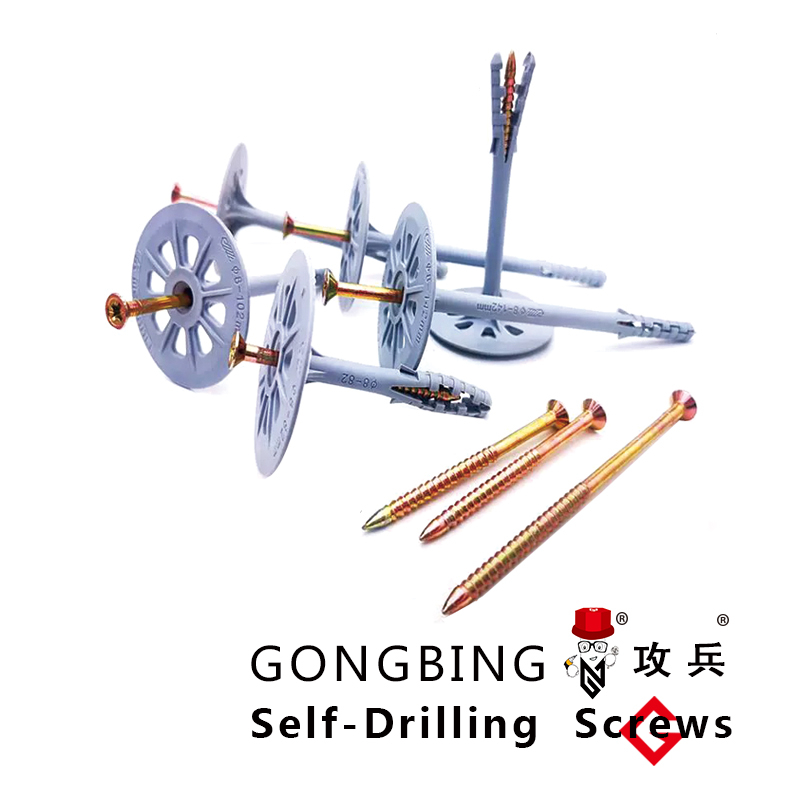Seismic Wedge Anchors for Enhanced Stability in Geological Engineering Applications
Understanding Seismic Wedge Anchors A Comprehensive Overview
Seismic wedge anchors are critical components in the field of civil engineering, particularly in the design and construction of structures in seismic-prone areas. These anchors are specially designed to enhance the stability and integrity of buildings, bridges, and other infrastructures by providing resistance against seismic forces. In this article, we will explore what seismic wedge anchors are, their applications, advantages, and considerations for their implementation.
What are Seismic Wedge Anchors?
Seismic wedge anchors are devices that secure structures to their foundations, effectively distributing seismic forces during an earthquake. They typically consist of a wedge-shaped design that allows for efficient load transfer and minimization of movement that can occur during seismic events. The unique geometry of these anchors enables them to engage more effectively with their surrounding materials, providing enhanced grip and stability.
Applications of Seismic Wedge Anchors
Seismic wedge anchors are employed in various applications across multiple industries. In building construction, they are used to anchor walls, roofs, and other critical components to foundations. In bridge engineering, these anchors help secure bridge decks and support structures to improve their resilience against earthquake-induced vibrations.
Moreover, these anchors are vital in retrofitting existing structures to meet modern seismic safety standards. Buildings that were originally designed without seismic considerations can benefit from the installation of seismic wedge anchors, significantly improving their ability to withstand earthquakes.
Advantages of Seismic Wedge Anchors
seismic wedge anchors

The use of seismic wedge anchors offers numerous advantages
. First and foremost, they enhance the structural integrity of buildings and infrastructures, thereby increasing the safety of occupants during an earthquake. The effective load distribution provided by these anchors reduces the likelihood of structural failure, which can lead to catastrophic consequences.Additionally, the installation of seismic wedge anchors is often straightforward and can be integrated into both new constructions and retrofitting projects. This versatility makes them an attractive option for engineers and builders seeking to improve seismic resilience without extensive reconstruction.
Another significant advantage is cost-effectiveness. While the initial investment may be higher than traditional anchoring methods, the long-term savings resulting from reduced damage during seismic events can justify the expenditure. Moreover, minimizing potential losses linked to structural failure can also save lives.
Considerations for Implementation
Despite their benefits, there are several considerations to keep in mind when implementing seismic wedge anchors. It is essential to conduct thorough site assessments to understand the specific seismic risks and geological conditions present at the construction site. Engineers must also adhere to local building codes and standards that govern the design and installation of seismic anchoring systems.
Moreover, proper installation is crucial to ensure the effectiveness of seismic wedge anchors. Engineers and construction teams must be adequately trained in the installation techniques and materials to maximize the anchors' performance.
Conclusion
Seismic wedge anchors play a vital role in safeguarding structures against the forces of nature, particularly in earthquake-prone regions. By enhancing stability, reducing the risk of structural failure, and providing cost-effective solutions, these anchors are an indispensable part of modern civil engineering practices. As we continue to advance our understanding of seismic activity and improve engineering methodologies, seismic wedge anchors will remain a key element in creating safer built environments for communities worldwide.
-
Weatherproof Plastic Expansion Anchors for OutdoorNewsJun.06,2025
-
Sustainability in the Supply Chain: Eco-Friendly TEK Screws ProductionNewsJun.06,2025
-
Load-Bearing Capacity of External Insulation FixingsNewsJun.06,2025
-
Double Head Bolts: Enhancing Efficiency in Industrial MachineryNewsJun.06,2025
-
Corrosion Resistance in Chipboard Screws: Coatings for Wholesale DurabilityNewsJun.06,2025
-
Butterfly Toggle Bolts : Enhancing Structural ResilienceNewsJun.06,2025
